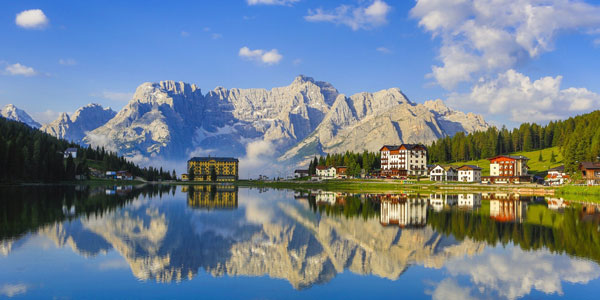
(Image source: www.gavinhellier.com)
The sharp edged mountains form a picturesque landscape, just like the ones artist’s dream about and that are featured in films. The remote villages dotted between come in stark contrast to the jagged mountains, creating a beautiful combination of nature and civilization. One filled with a diverse cultural marvel, as the people who live there hold amazing stories about the survival of their societies and roots.
The rich history of the region
The Dolomites have a recorded human history dating to the Stone Age and have endured through the Roman Empire all the way to the First World War. These rocky terrains have seen a multitude of cultures, languages, and lives pass through them–with each group leaving a distinct mark of their own.
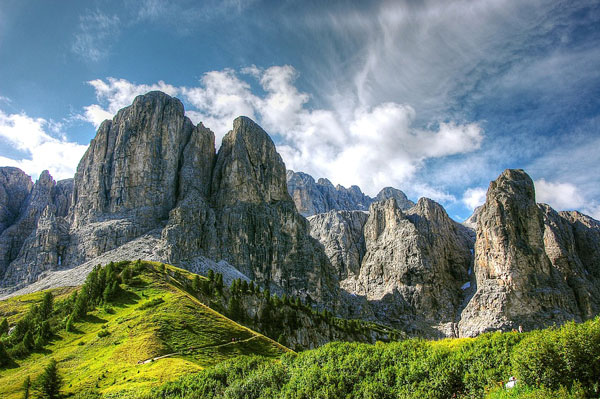
Throughout the years, the languages, foods and traditions have spread out between the inhabitants of the Dolomite Mountains, and the area has become a melting pot of cultures from across Europe. Although over 60% population in this region of Italy speaks German, you can hear Italian and the preserved language of the Ladin people echoing through the villages. This vast diversity of people in one area results directly from the rich history of these mountains.
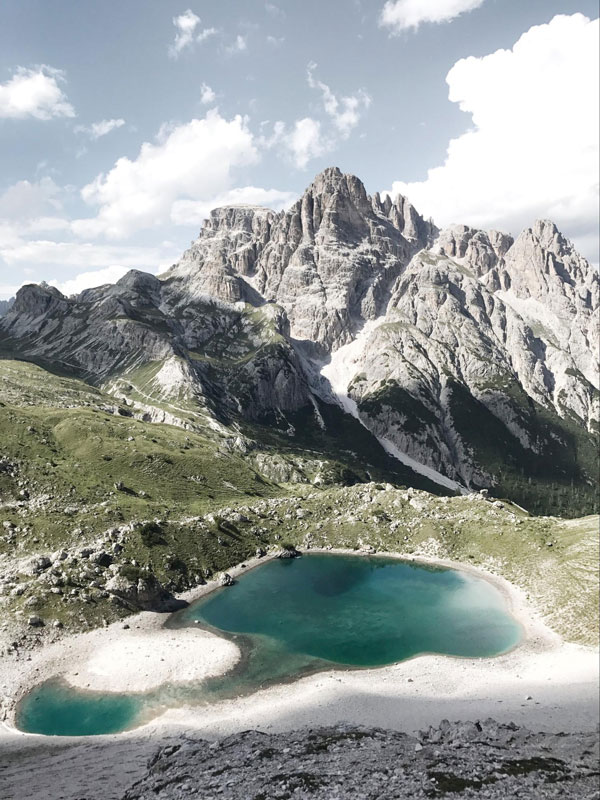
One most intriguing thing about Dolomite history is the role the area played during the First World War. In the summer of 1914, the mountains belonged to the Austro-Hungarian Empire. Italy had decided to annex the areas in the nearby regions, especially those with a predominantly Italian speaking majority. A 370 kilometer battle line ran through the Dolomites, where some of the most ferocious battles of the war took place. Due to extreme weather conditions and high altitudes, less than two thirds of the soldiers killed actually died in battle. Interestingly, the effects of the Great War are still felt today, as trenches, barbed wire and cableways were left intact for visitors of the Dolomites to see.
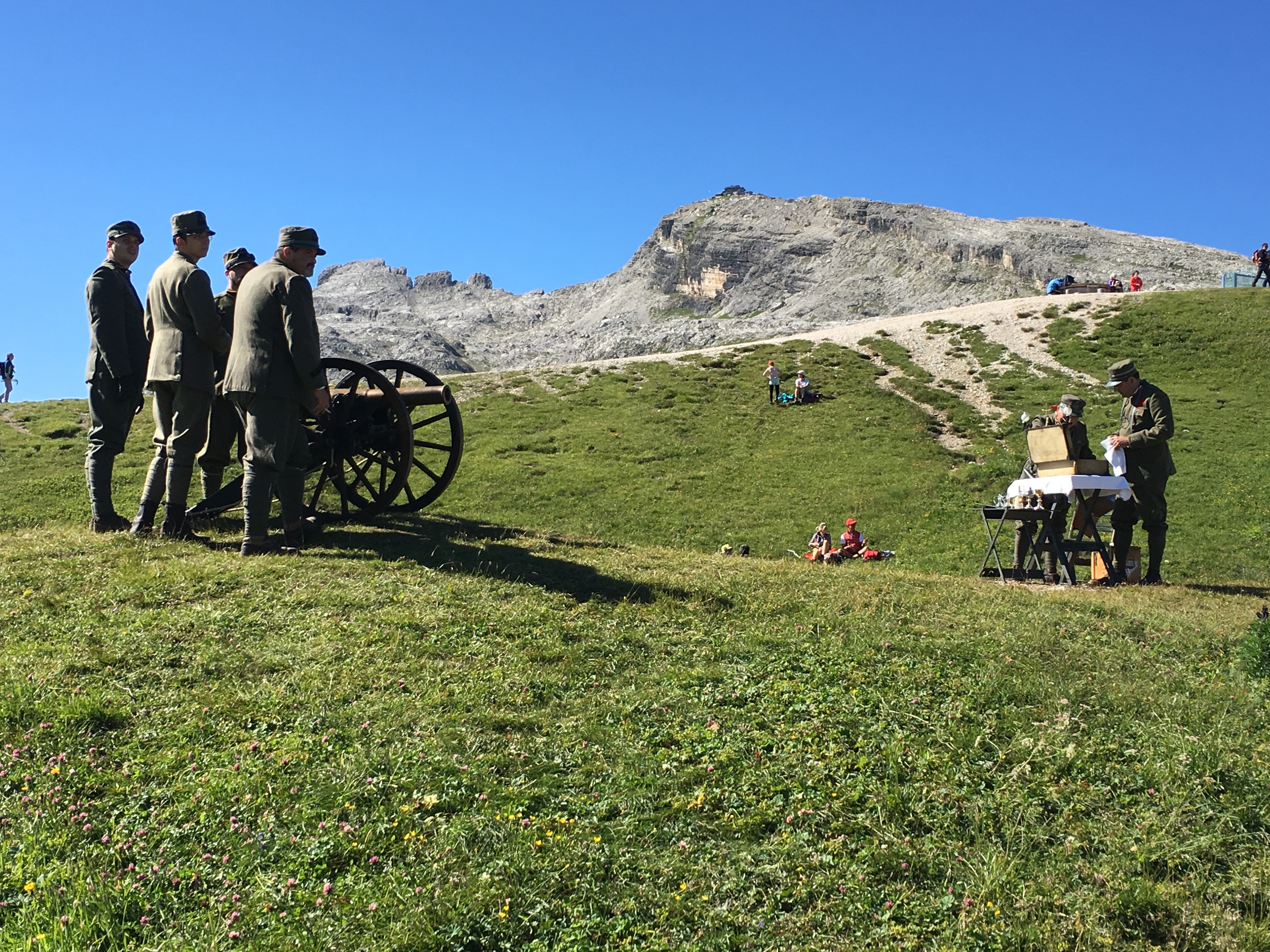 Another unique point in the region’s history comes approximately 5,300 years ago, when a man’s body was preserved in glacial ice until it’s discovery by two German hikers in 1991. The remarkable story of this man, who is known today as “Otzi the Iceman” can be learned about in depth at the South Tyrol Museum of Archaeology in Bolzano. Otzi is the oldest man to ever be found intact, and because his mummy was so well preserved by the glaciers, he has provided scientists and researchers with a wealth of information about the time he lived in.
Another unique point in the region’s history comes approximately 5,300 years ago, when a man’s body was preserved in glacial ice until it’s discovery by two German hikers in 1991. The remarkable story of this man, who is known today as “Otzi the Iceman” can be learned about in depth at the South Tyrol Museum of Archaeology in Bolzano. Otzi is the oldest man to ever be found intact, and because his mummy was so well preserved by the glaciers, he has provided scientists and researchers with a wealth of information about the time he lived in.
Melting pot of cultures
As a result of this rich history, the mountains hold traces of multiple cultures from across the European spectrum. With the Austrian/Italian mix after WWI, the Dolomites are also inhabited by the Ladin people, who slowly flocked to the then Rhaetian area, and adopted a different dialect of Latin known as Ladin. The Ladin people have been a strong presence in the mountains over hundreds of years and continue to preserve the land through hard work and dedication to the nature around them. This combination of cultures has resulted in road signs in the region to be in three languages, and each area having three separate names in separate languages.
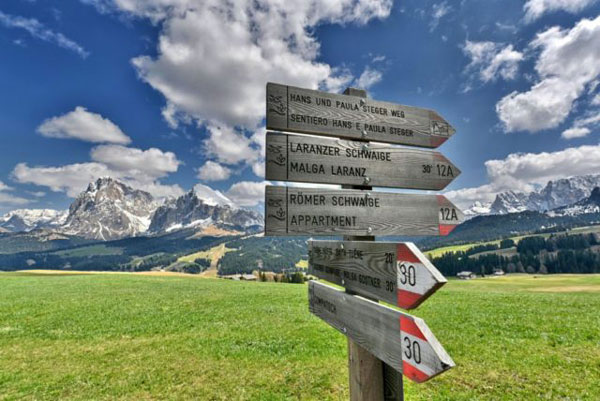
(Image Source: www.ricksteves.com)
The division of the languages is as such: German is the main language of the north and northwestern areas, Italian comes in through the south, and Ladin is heard throughout the central area.
The Dolomite mountains hidden gems
To truly experience the mountains for all they offer, you must hike. With many trails for all levels of hikers and skiers, a trip to the Dolomite Mountains is not only for trekking experts.
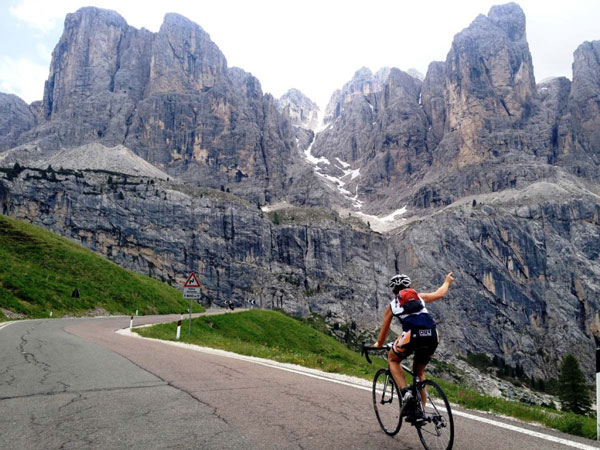
(Image Source: www.trektravel.com)
The many trail paths and dynamic landscape promise visitors breathtaking views and never seen before nature. The winters offer snowcapped mountains and a ski trip like no other. While the summer brings flowery meadows and beautiful greenery.
In the winter months you can enjoy alpine skiing at resorts such as the famous Cortina d’Ampezzo , or if you’re the more adventurous type, you can go ice climbing. Surrounding Sesto, many icefalls turn into playgrounds for adventurous ice climbers in the winter.
The Dolomite Mountains also offers carving, which is a unique type of skiing that uses specially designed skis wider at the ends and narrower in the middle. Their unique shape gives the wearer increased control and stability, making it much easier to take turns with precision.
What’s more, influences from the German, Italian and Ladin culture enriches the Dolomites’ cuisine, creating unique dishes not found anywhere else. And, inspired by the farm-to-table culture of their ancestors, Dolomite food is as fresh as it gets.

(Image Source: www.dolomiti.org)
The most fascinating of the culinary delights are the Ladin influenced dishes, with their minimalistic ingredients. Years ago, ingredients were sparse and it would have been a rarity to present traditional dishes with meat on the table, so families got creative and made do with spinach, grains and barley. Today, you can find these delicacies dotted around the region in ‘rifugios’ – directly translated to ‘mountain refuges’. These ‘rifugios’ offer warm hospitality inside beautiful mountain huts. The traditional Ladin way of preparing food has even sparked the interest of Michelin-Starred chefs, who go to the Dolomite Mountainss to formulate gourmet meals inspired by their traditions.
It’s clear the Dolomites provide an above average travel experience–especially because of the region’s rich history and blend of cultures. If you’re looking for a non-typical trip to Italy full of unique moments, activities, and culture, the Dolomite Mountains is your next destination.
